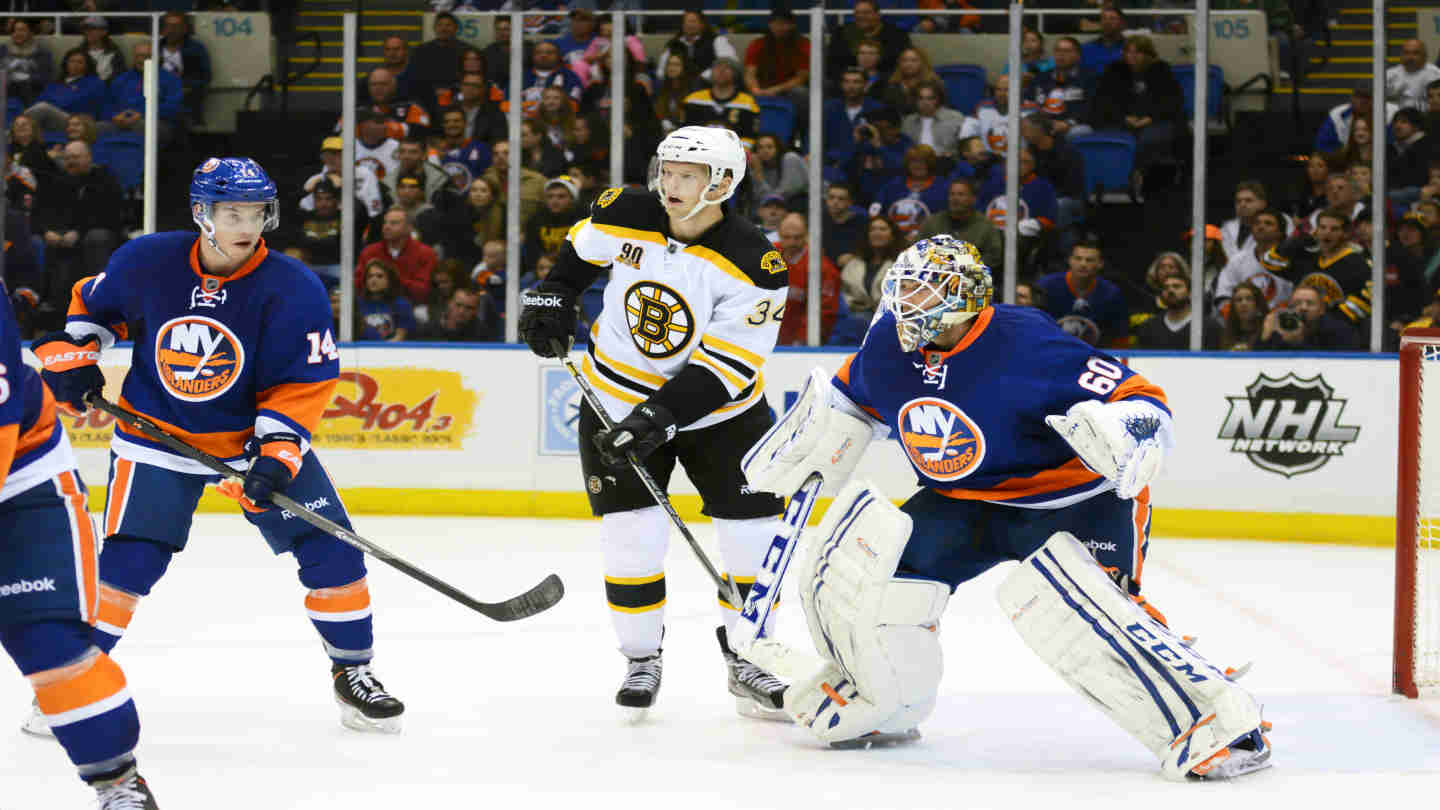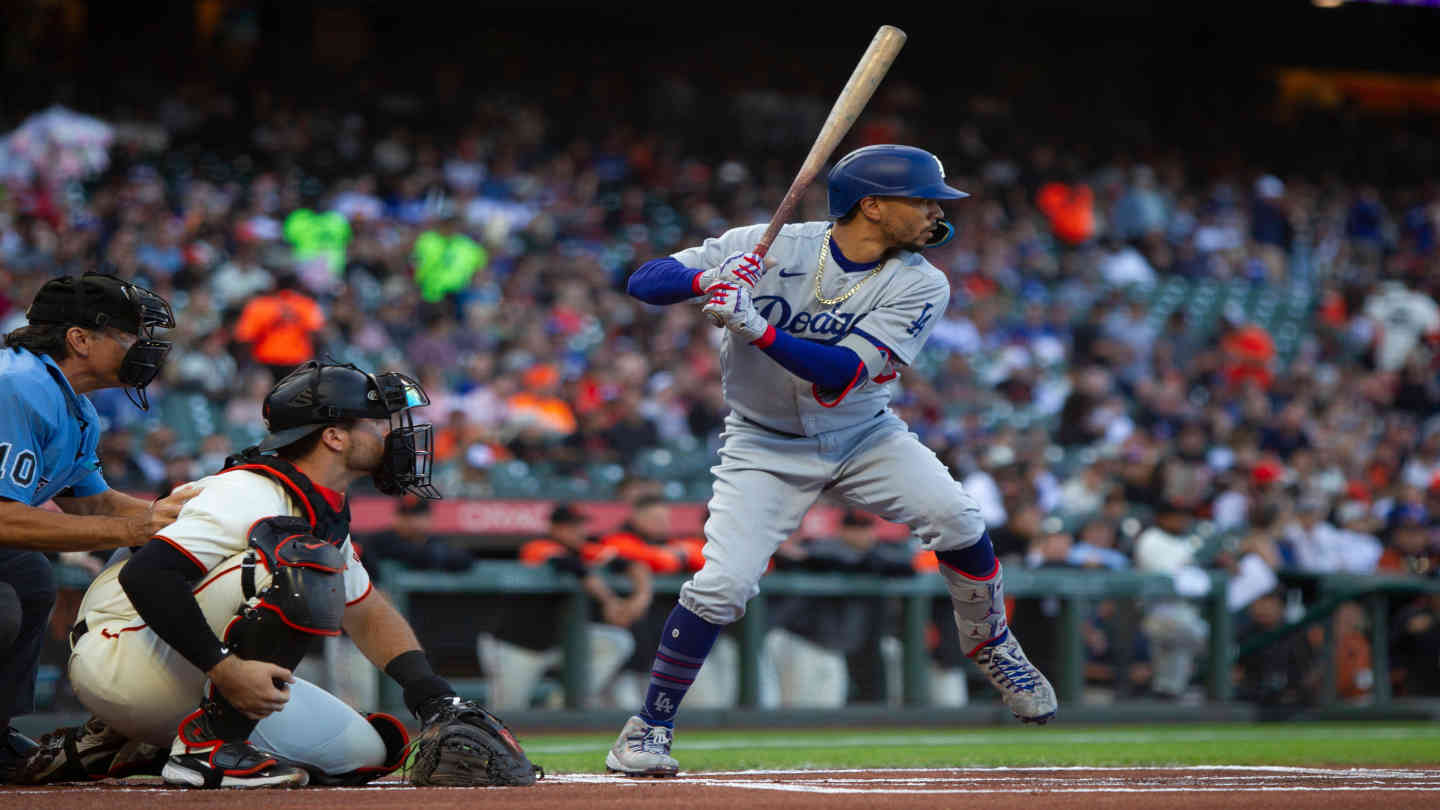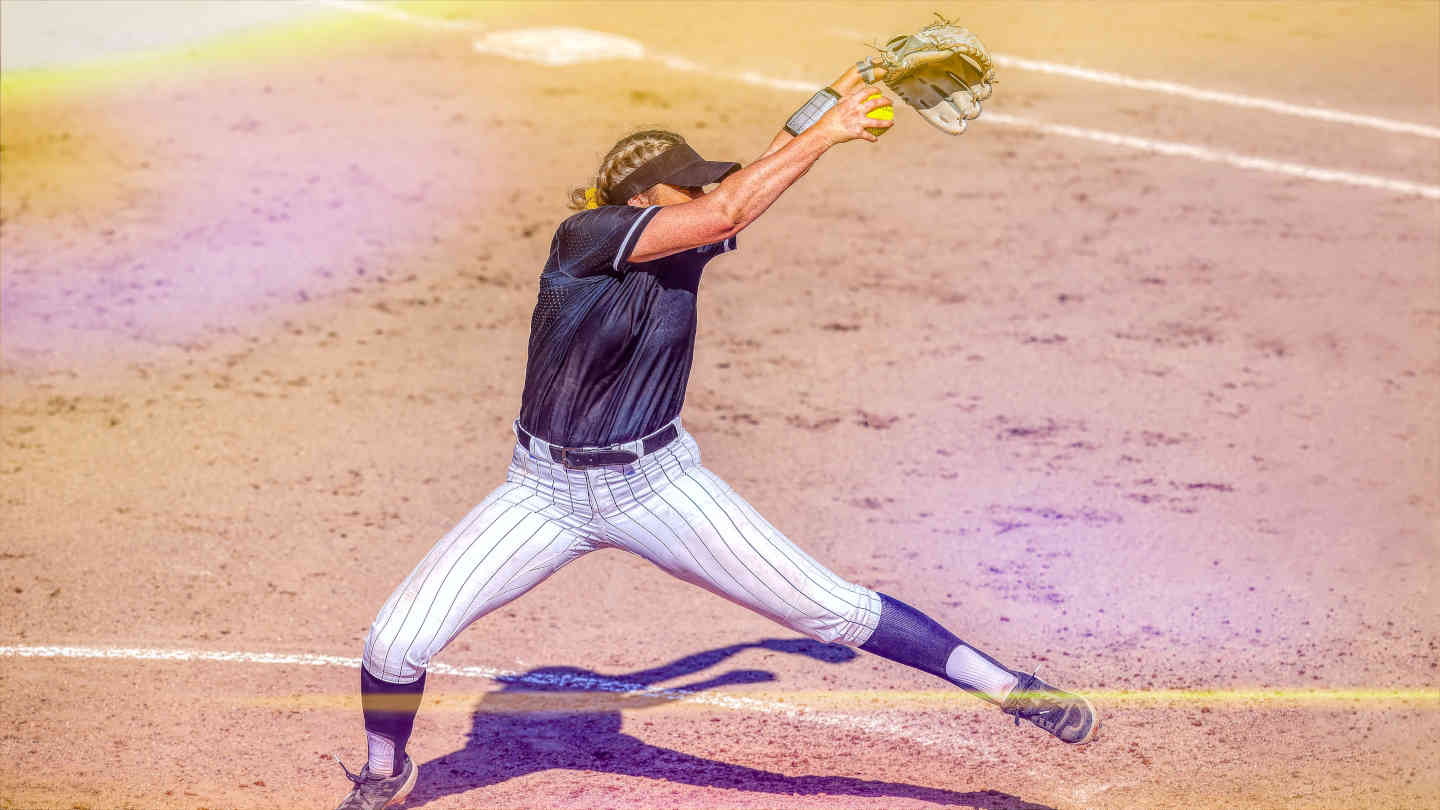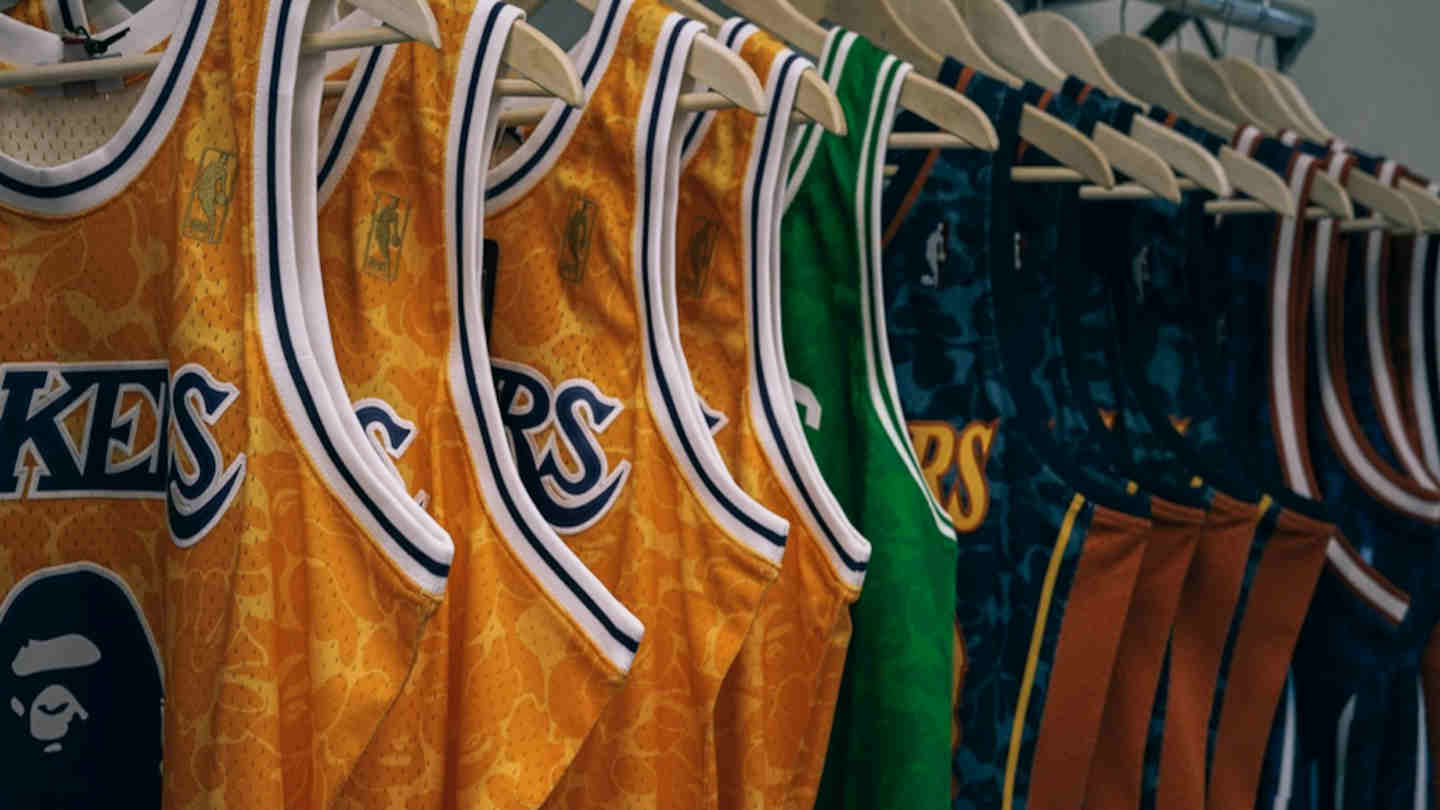NBA 50-40-90 Club – Which Basketball Players Made History?
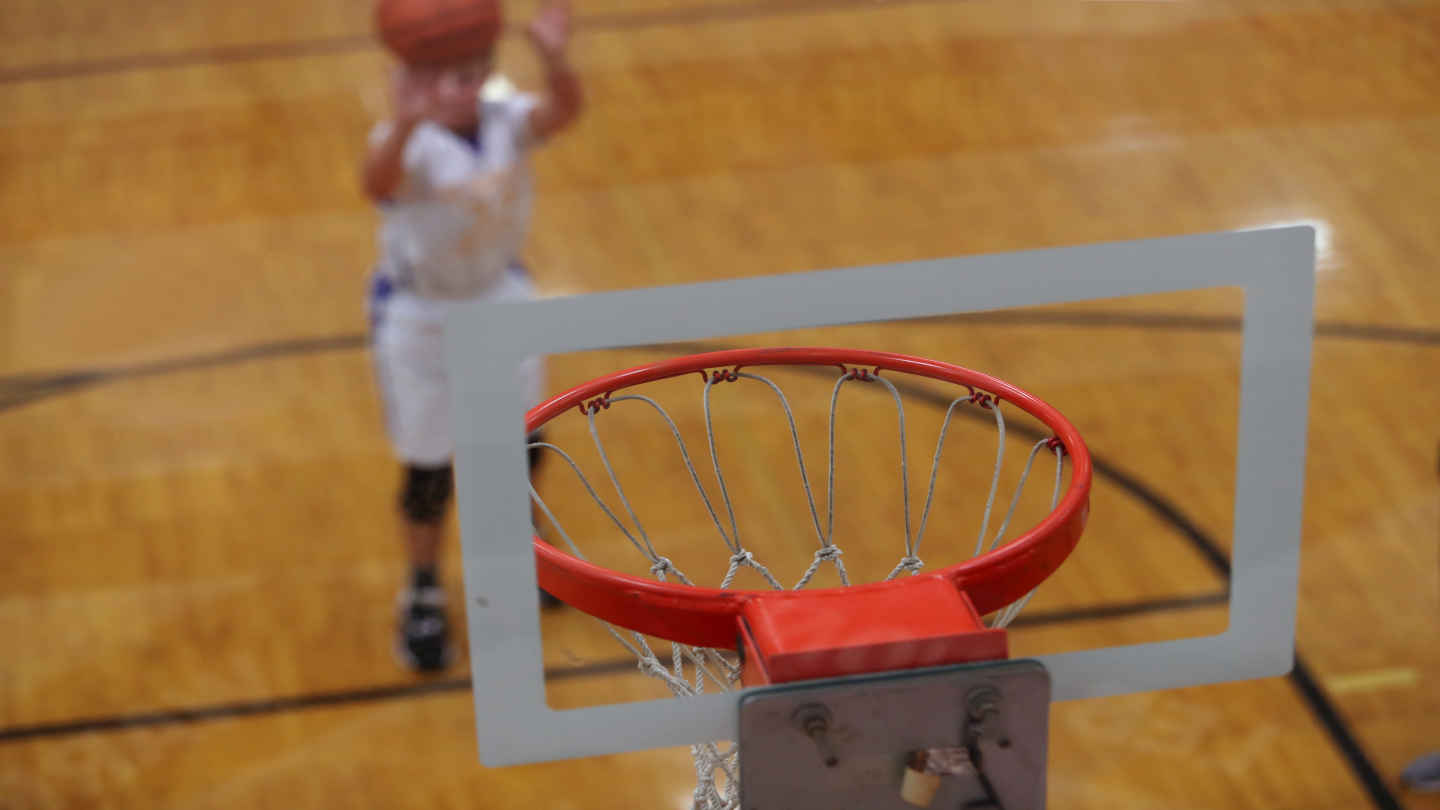
13 minutes
Last Updated: May 24, 2024
The NBA’s 50 40 90 club is as exclusive as it gets. It’s not one that the best NBA defenders of all time populate. On the contrary, only elite shooters can lay claim to it. And we’re not talking about 3-pointers.
No. To become a member of the NBA 50 40 90 club, you have to be an elite scorer from all facets of the game. The position of shooting guard might indicate this role, but only 2 of them have ever joined this rare company.
So who are the players that lay claim to it? What is the 50 40 90 club in reality? In this article, we’ll go over the 50 40 90 meanings, what are the requirements to make it, and who has accomplished this daunting task. Stick with us to the end!
What is The 50 40 90 Club
The NBA’s 50 40 90 club is a statistical achievement designated to commemorate elite shooters who have shot over 50% from the field, 40% from 3-point range, and over 90% from the free throw line.
Recording a 50-40-90 season has only been possible since the 1979–80 NBA season when the NBA introduced the three-point field goal. As of 2024, this has been achieved a total of 14 times, with 9 different players entering the 50 40 90 club, only 3 of which have done it multiple times.
Many players have averaged these numbers over a short period of time. But in order to become a part of this exclusive club, players must meet the minimum threshold for league leaders for each of these statistics.
50-40-90 Club Requirements
In order to make the 50 40 90 club, NBA players must do the following:
- Shoot 50% from the field over the course of a season, on minimum 300 field goals made;
- Shoot 40% or better on 3-pointers, with a minimum of 82 3 pointers made;
- Shoot 90% of better from the free throw line, with a minimum of 125 free throws made;
Members of The 50 40 90 Club
| Player | Season | Games played | FG% | 3P% | FT% |
| Larry Bird | 1986-87 | 74 | .525 | .400 | .910 |
| Larry Bird | 1987-88 | 76 | .527 | .414 | .916 |
| Mark Price | 1988-89 | 75 | .526 | .441 | .901 |
| Reggie Miller | 1993-94 | 79 | .503 | .421 | .908 |
| Steve Nash | 2005-06 | 79 | .512 | .439 | .921 |
| Dirk Nowitzki | 2006-07 | 78 | .502 | .416 | .904 |
| Steve Nash | 2007-08 | 81 | .504 | .470 | .906 |
| Steve Nash | 2008-09 | 74 | .503 | .439 | .933 |
| Steve Nash | 2009-10 | 81 | .507 | .426 | .938 |
| Kevin Durant | 2012-13 | 81 | .510 | .416 | .905 |
| Stephen Curry | 2015-16 | 79 | .504 | .454 | .908 |
| Malcolm Brogdon | 2018-19 | 64 | .505 | .426 | .928 |
| Kyrie Irving | 2020-21 | 54 | .506 | .402 | .922 |
| Kevin Durant | 2022–23 | 47 | 56% | 40% | 92% |
Ranking the Most Impressive 50 40 90 Club Performances
01. Steve Nash (4× 50–40–90 club)
Accolades: 2× NBA Most Valuable Player (2005, 2006), 8× NBA All-Star (2002, 2003, 2005–2008, 2010, 2012). 7× All-NBA Teams (2002–2010/ 04/06/09), 5× NBA assists leader (2005–2007, 2010, 2011).4× 50–40–90 club (2006, 2008–2010)
In the high-flying days of the 2000s Phoenix Suns, Mike D’Antoni’s “7 Seconds or Less” system defined efficient offense. Leading the charge was none other than their star point guard, Steve Nash.
Hailing from South Africa, Nash embodied offensive efficiency like no other. Sure he didn’t take as many shots as Steph Curry, but his stats speak for themselves. He’s the only NBA player to boast 50-40-90 shooting splits more than twice, and he did it a remarkable four times, with three straight seasons under his belt.
What’s even more jaw-dropping? He was a mere 0.1% away from making it five straight 50-40-90 seasons from 2006 to 2010! The Canadian national missed out on the honor in the 2006-07 season when Dirk accomplished the same and won the MVP.
By that time, Nash already had 2 MVPs under his belt. He also solidified himself as one of the best NBA passers of all time. Everything you see in today’s NBA was a result of Steph Curry’s revolution of the game, which began with Steven Nash and D’Antoni’s offense. Nash was nailing an unbelievable 47% of his three-point attempts at one point while taking a respectable 4.7 attempts per game.
He also holds the crown for the highest free throw percentage in NBA history (90.43%) and ranks ninth all-time in three-point percentage. As if ranking third in league history in assists wasn’t enough.
Despite never making an NBA Finals, Nash led both the Suns and the Mavericks to four Conference Finals. And he’s the face of the 50 40 90 club!
02. Larry Bird (2× 50–40–90 club)
Accolades: 3× NBA champion (1981, 1984, 1986), 2× NBA Finals MVP (1984, 1986). 3× NBA Most Valuable Player (1984–1986), 12× NBA All-Star (1980–1988, 1990–1992). 3× NBA Three-Point Contest champion (1986–1988), 2× 50–40–90 club (1987, 1988).
Back-to-back seasons worthy of the 50 40 90 club while averaging 29 points per game in the late 80s? Yeah, I don’t care who your GOAT is, Larry Legend could put the ball in the basket at an obscene clip.
And he did that on a bad back in an era where hand-checking was the bare minimum. The Bad Boy Pistons were straight-up brawling with him for technical fouls every game. And he still put up 29,93 points on average through 74 games.
Steph Curry deserves praise for being the only person to average over 30 points on this list. But the degree of difficulty doesn’t come close to this Larry Bird achievement. Larry Bird has always been considered one of the greatest shooters to ever live.
But by the time he entered the 50 30 90 club, he already had 3 rings, 2 Finals MVPS, 3 straight MVPS, and many more accolades. It felt like the man was completing side quests at that point! He won 3 straight All-Star shooting contests, and we know the stories about that one. Have you decided who’s coming in second?
Nash winning almost 5 straight is undeniable for the top spot. But Bird probably could’ve had more than 2 had he tried.
Bird was the quintessential stretch 4 of our era, and his offensive prowess would translate to any era. That’s why he’s one of the greatest scorers in NBA history. If his trash-talking wouldn’t kill you, his shooting touch definitely would.
03. Stephen Curry (50–40–90 club in 2016)
Accolades: 4× NBA champion (2015, 2017, 2018, 2022), 2× NBA Most Valuable Player (2015 2016). 10× NBA All-Star (2014–2019, 2021–2024), 2× NBA Three-Point Contest champion (2015, 2021).
In the magical 2015-16 season, Steph Curry showcased his shooting wizardry with numbers straight out of a video game. He shot 50.4% from the field, a jaw-dropping 45.4% from beyond the arc, and a cool 90.8% from the free-throw line.
All of this while averaging a whopping 30.1 points per game. No wonder he had 4 people trying to get the ball out of his hands. Being the first unanimous MVP in NBA history was well-deserved.
That year he didn’t have a hot hand, he had a flame thrower attached to his shoulder.
In what many consider one of the greatest MVP campaigns in NBA history, Curry claimed his second-straight MVP award by lighting up the league with an astounding 45.4% from downtown on a staggering 11.2 attempts per game.
Unlike some other greats, Curry not only dominated in shooting percentage but also clinched the scoring title during his 50-40-90 season. Adding the steals title in the same year was just icing on the cake. Breaking NBA records left and right while setting career highs had become the norm.
But that season wasn’t just about statistics for Curry. His Golden State Warriors shattered records, notching 73 wins in the regular season. And who could forget his iconic half-court shot against the OKC Thunder, sealing his MVP case? Or coming back from a 3-1 deficit in the WCF that year.
Steph Curry’s unparalleled combination of ball handling and shooting range has cemented his legacy as the greatest shooter of all time, and one of the best point guards ever.
04. Kevin Durant (2× 50–40–90 club)
Accolades: 2× NBA champion (2017, 2018), NBA Most Valuable Player (2014).
14× NBA All-Star (2010–2019, 2021–2024), 4× NBA scoring champion (2010–2012, 2014).
2× 50–40–90 club (2013, 2023)
Two appearances in the 50 40 90 club ten years apart? Yeah, Kevin Durant could have done that every year if he wanted to. That brother makes putting the ball in the net look like child’s play.
Similar to Nowitzki, Durant’s 50-40-90 season followed an NBA Finals loss against the Miami Heat. However, Durant’s defeat was somewhat less disheartening, considering he faced off against Miami’s formidable Big 3 and had a relatively young and inexperienced team alongside him.
Nonetheless, he bounced back the following season, averaging an impressive 28.1 points per game with 50-40-90 splits, narrowly missing out on the scoring title. It’s funny because he had just won 3 straight scoring titles prior to his 2013 campaign.
That year Durant seemed to focus more on efficiency, as these shooting splits marked career highs for him at the time, predicting what was to come. He reclaimed his scoring title the following season, along with securing his first MVP trophy.
Kevin Durant’s prowess as a scorer is virtually unmatched. He’s the most elite 3-level scorer in NBA history, as he’s lethal from beyond the arc, dominant in the post, and finishes at the rim with incredible efficiency.
Durant made 3 WCF appearances with OKC and reached the 2012 NBA Finals, but never won a ring. To the dislike of many, he joined Curry and GSW in 2016, winning back-to-back rings and Finals MVPs.
Durant made his second 50 40 90 club appearance during the 2022/23 season with the Brooklyn Nets and Phoenix Suns, but he did so by playing just 47 games, the lowest number on this list.
05. Dirk Nowitzki (50–40–90 club in 2007)
Accolades: NBA champion (2011), NBA Most Valuable Player (2007). 14× NBA All-Star (2002–2012, 2014, 2015, 2019), 50–40–90 club (2007). NBA Three-Point Contest champion (2006)
Luka Doncic and Nikola Jokic are coming in hot for Dirk’s title of the best European player ever. But nobody can take away his legendary 2006/07 campaign which qualified him to the 50 40 90 club.
His shooting splits of 50.2% from the field, 41.6% from beyond the arc, and 90.4% from the free-throw line were obscene at the time. He narrowly missed out on joining the club in 2009-10 and 2005-06, shooting just shy of 48% from the field.
As remarkable as this is, you need to remember that Dirk was doing this as a 7-footer. In an era after Shaq, Hakeem, and Kareem reached legendary status playing with their backs to the basket, Dirk was facing up and lacing it from 28 feet out.
Back then, Dirk and his Dallas Mavericks were on a redemption arc after losing to the Miami Heat in the 2006 NBA Finals. Dirk struggled mightily, so he had a point to prove.
Enter lights-out shooting with then-career-high shooting percentages. It was good enough to clinch his first and only MVP award. He led the Dallas Mavericks to the first seed, after finishing fourth the year prior.
In an unfortunate turn of events, Dirk would follow up his best individual season and the best year in franchise history, with another disappointing postseason run. They became the first number one seed to lose in the first round, getting beat by the 2007 “We Believe” Golden State Warriors with Baron Davis.
Dirk would go on to do the same to LeBron James Miami’s Big 3 in the 2011 NBA Finals, cementing his legacy among the basketball greats.
06. Reggie Miller (50–40–90 club in 1994)
Accolades: 5× NBA All-Star (1990, 1995, 1996, 1998, 2000), 3× All-NBA Third Team (1995, 1996, 1998). 50–40–90 club (1994).
Let’s shine the spotlight on Reggie Miller: the ultimate Indiana Pacer, a sharpshooter extraordinaire, and a proud member of the exclusive 50-40-90 Club. Not too shabby, indeed!
Before there was Stephen Curry, we had Ray Allen. And before Ray Allen, we had Reggie Miller as the greatest shooter of all time. Known as the man with the ultimate green light, similar to Curry, Miller had clearance to fire because of his proficiency.
Reggie Miller earned his spot in the 50-40-90 Club during the 1993-94 season. With shooting percentages of 50.3% from the field, 42.1% from beyond the arc, and 90.8% from the free-throw line.
Although he narrowly missed out on achieving the feat in other seasons, Miller’s impact on the game remains indelible. Not only was he one of basketball’s greatest shooters, but he was also one of the best clutch performers.
Throughout his career, Reggie knocked down threes at an impressive 39.5% clip, launching an unprecedented at that time, 4.7 attempts per game. During his 50-40-90 season, he elevated his game even further, hitting a career-high 42.1% from beyond the arc while averaging a solid 21.2 points per game.
The three-point shot became his signature weapon in an era of big men and interior scoring. It’s easy to imagine him flourishing in today’s NBA, effortlessly posting 50-40-90 shooting splits if he was playing with the pace and space of the 2020s.
He’s third all-time in 3-pointers made and had many unforgettable moments against Patrick Ewing’s Knicks and Michael Jordan’s Bulls in the 90s. He made just one NBA Finals in 2000, before losing 4-2 to the Shaq-Kobe Lakers.
07. Mark Price (50–40–90 club in 1989)
Accolades: 4× NBA All-Star (1989, 1992–1994), 2× NBA Three-Point Contest champion (1993, 1994). 50–40–90 club (1989)
These days, Mark Price often gets overlooked by fans. But he’s undoubtedly one of the NBA’s legends and holds a special place in basketball history as only the second player ever to achieve the coveted 50-40-90 shooting split.
Price joined the 50-40-90 club in just his third season in 1988-89. He showcased his shooting prowess with splits of 52.6% from the field, 44.1% from beyond the arc, and 90.1% from the free-throw line.
Before LeBron James became the Cleveland Cavaliers superstar, Mark Price was the heart and soul of the team. Known for his lightning-quick moves and deadly shooting, Price steered the Cavaliers through some of their most successful seasons.
With an impressive career shooting average of 40.2% from beyond the arc and a stellar 90.4% from the free-throw line, Price would have joined this club multiple times in any era.
He was a model of efficiency on the court, carrying the Cavs as their top scorer and playmaker to the 3rd seed in the Eastern Conference in his historic campaign. In total, Price led the Cavaliers to seven playoff appearances in his nine seasons with the team.
Although injuries cut his career short at the age of 34, Price is still ranked second in career free throw percentage in NBA history and is remembered as the winner of 2 consecutive 3-point contests in 1993 and 1994.
08. Kyrie Irving (50–40–90 club in 2021)
Accolades: NBA champion (2016), 8× NBA All-Star (2013–2015, 2017–2019, 2021, 2023).
50–40–90 club (2021)
Kyrie’s Brooklyn Nets tenure went up in flames as soon as it began. But that’s not enough to discredit his performance during the time he saw the court. Because frankly, he was spectacular in every facet of the game.
During his second season with the Brooklyn Nets, Kyrie Irving achieved career-best shooting percentages in both field goals and free throws. This was enough for him to attain the coveted 50-40-90 shooting split.
Known affectionately as Uncle Drew, Kyrie has consistently proven himself as an efficient scorer. Although this feat came at a photo finish.
Irving’s entrance into the Club was sealed with a flawless 3-for-3 performance from beyond the arc in the Nets’ final game. This pushed his three-point percentage just over the 40% mark, as he was sitting at 39.7% before the game.
While Uncle Drew averaged an impressive 26.9 points per game that season, he played in just 54 games, which is why he’s so low on our list. But that can’t prevent him from being the best ball handler of all time.
09. Malcolm Brogdon (50–40–90 club in 2019)
Accolades: NBA Sixth Man of the Year (2023), NBA Rookie of the Year (2017). 50–40–90 club (2019)
Malcolm Brogdon is an interesting admission to this list. He won the Rookie of the Year award in 2016, in what has since turned out to be one of the deepest NBA draft classes of all time with many All-Star and productive role players.
With Ben Simmons sitting out his rookie year, Brogdon was the most productive rookie that year. This was understandable since he was one of the oldest players in the draft after playing 4 years of college basketball.
Despite this, Brogdon has continued improving his game, reaching his peak efficiency to date in his third season. He put up 16 points per game on 51% from the field, 43% from three, and 93% from the stripe.
His versatility on both ends of the court and remarkable efficiency played a crucial role in the Bucks’ league-leading 60 wins that season. Serving as the perfect complement to All-Star teammates Giannis Antetokounmpo and Khris Middleton, Brogdon excelled as a secondary ball-handler, sharpshooter, and solid perimeter defender.
Brogdon has continued improving ever since, unfortunately, injuries have been a major hurdle in each of his seasons. He’s played more than 60 games just twice in his 8-year career, which is sad given his impact on the court.






